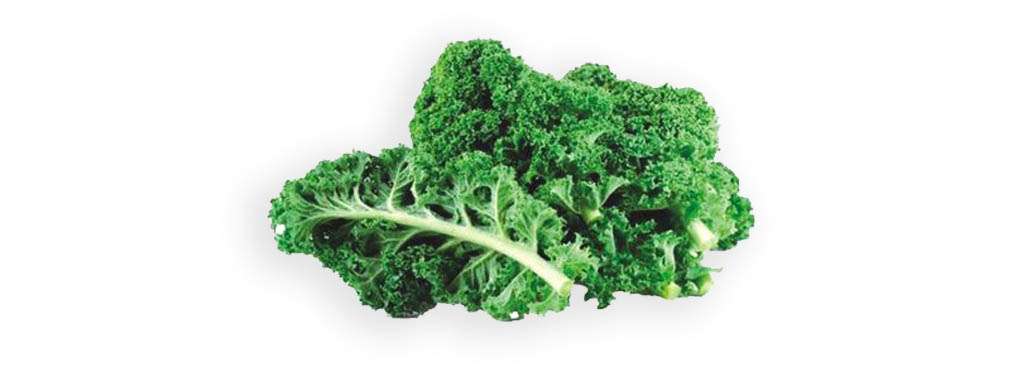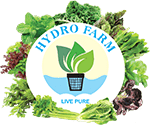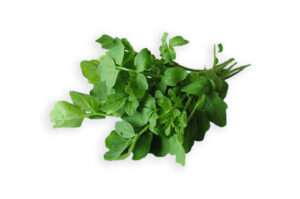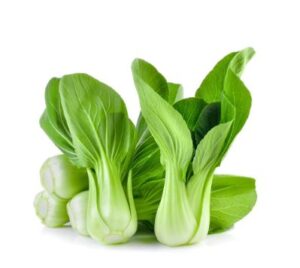All About Curled kale Benefits, Recipes, And Full Details

Curled Kale is a cruciferous vegetable popular for its nutritional value and unique flavor. Although it can be consumed raw, many individuals choose to cook it as a stir-fry or as part of a salad. All things kale will be covered in this post — from the history and variety of this leafy green to how to prepare it deliciously.
What Is Curled kale?
Among the varieties of kale, curled kale is typically found in the produce section. It is a hearty green with small, tight curls. The curly kale has a slightly bitter taste and an intense flavor, which makes it perfect for adding to salads or soups. Additionally, curly kale is high in vitamin K, calcium, and fiber, which makes it an excellent choice for people trying to get healthier.
The Health Benefits Of Curled kale
It’s hard to ignore the popularity of curled kale in recent years, and this leafy green Kale is growing in popularity because of its health benefits. Curled kale is a type of kale curled into a spiral, and the curly shape gives the kale a different texture and flavor than other types of kale.
Curled kale is high in antioxidants and vitamins A, C, and K. It contains minerals like potassium, magnesium, manganese, and zinc. These nutrients are beneficial for your overall health. Some of the health benefits associated with Curly kale include:
- Curled kale can help reduce inflammation in the body.
- Curled kale can help protect your heart health by lowering blood pressure and LDL (harmful) cholesterol levels.
- Curled kale can improve your cognitive function by boosting your brainpower and preventing cognitive decline with age.
- Curled kale can help protect your vision by keeping your eyes healthy and reducing the risk of cataracts and age-related eye conditions like macular degeneration.
So if you want to add some extra nutrients to your diet, consider including Curled kale in your meals!
Curled kale has many benefits, making it an excellent choice for your diet. It is high in antioxidants and vitamins and provides plenty of fiber. Curled kale is also low in calories so it can be a healthy option for weight loss. Here are some of the benefits of curled kale:
- Curled kale is high in antioxidants. Research shows that antioxidants protect cells from damage and can help to prevent diseases, including cancer. Curled kale is a good source of antioxidants, so it can help to improve your overall health.
- Curled kale is a good source of vitamins. One cup of curled kale contains about 19% of the DV for vitamin C and about 7% of the DV for vitamin A. These nutrients are essential for overall health and can help to fight off infections and diseases.
- Curled kale is a good source of fiber. Fiber helps keep you feeling full after eating, reducing your calorie intake over time. In addition, fiber can help to reduce the risk of heart disease and other chronic conditions. One cup of curled kale contains about 5 grams of fiber, which is more than most
How To Prepare Curled kale
Curled kale is a type of kale that has been tightly curled. It has a slightly different flavor and texture than regular kale and is often used in salads or as a side dish. To prepare curled kale, wash the Kale leaves well and then dry them. Next, you will need to cut the leaves into small pieces and start bending them with your hands. A rolling pin can also be utilized to turn the leaves.
Finally, you will need to place the curled kale on a plate and dress it with your choice of salad dressing or sauce.
How To Cook Curled kale
Curled kale is easier to cook and has a sweeter taste than other types of kale. The following steps show how to cook curled kale:
- Remove the tough stem from the kale leaves.
- Cut the leaves into 1-inch pieces.
- Toss the leaves with olive oil, salt, and pepper in a large bowl.
- Spread the leaves on a baking sheet and bake for 25 minutes, until they are slightly crisp and lightly browned.
Recipes Featuring Curled kale
Kale is a fantastic vegetable to add to your diet, and there are many different ways to cook it. Some of our favorite recipes include Curled kale Caesar salad, Curled kale pesto pasta, and Curled kale and roasted cherry tomato stir-fry.
Curled kale is a delicious and nutritious green used in various recipes. Here are some of our favorites:
- Curled kale Caesar salad:Start by making the dressing. Mix 1/2 cup olive oil, one table spoon apple cider vinegar, one teaspoon Dijon mustard, and salt and pepper to taste. Add in 2 tablespoons chopped fresh parsley and two chopped fresh laurel leaves. Stir in 1/2 pound crumbled feta cheese. Pour the dressing over a bed of mixed greens and top with shredded cooked chicken or diced ham.
- Curled kale shrimp skewers: Toss three tablespoons olive oil with 1 pound peeled and deveined shrimp, one tablespoon finely chopped garlic, and salt and pepper to taste. Thread the shrimp onto wooden skewers (or use metal skewers if you have them) and Grill for approximately 4 minutes per side on medium-high heat until the shrimp are pink and slightly charred. Skewer the shrimp mixture onto 8 cups of mixed curly kale leaves, dividing equally between the leaves. Before serving, drizzle with extra virgin olive oil.
How To Grow Curled kale
Kale is a hardy green that grows well in most soils, although it prefers sandy or alkaline soils. From late-taken cuttings, it can be reproduced. Winter or early spring, but it is more commonly grown from seed. Kale should be fertilized weekly during the growing season with a water-soluble fertilizer such as 10-10-10. When harvesting, bitter Kale greens can be removed before the rest of the Kale plant is consumed by cold weather.
Conclusion
So there you have it, our guide on how to grow rocket leaves at home. We hope you’ve found this article to be helpful and that you’ve learned a few things along the way. We’re always excited to share our knowledge and experiences with our community, so if you have any questions, comments or suggestions, please don’t hesitate to reach out to us!
FAQs
Kale is a leafy green vegetable typically found in cool and temperate climates. Kale’s leaves are dark green kale and flat, often used in salads. It was initially grown as a garden crop in Italy, and its popularity has risen.
A leafy green vegetable called kale has recently gained popularity. It is both a nutrient-rich food and an easy way to incorporate more vegetables into your diet. It offers a refreshing flavor that can be added to many dishes, and it can also be utilized as a healthy substitute for other leafy Kale greens such as spinach.
One curly kale variety has small, curly leaves, and it’s used in salads and soups.
It depends on how it is prepared. Curly kale is more nutritious than its straight counterpart because it contains more vitamin C and antioxidants. Kale will become tricky if you overcook it, so be sure to cook the leaves until they’re crispy but still slightly crunchy.
Kale Vegetable is a type of vegetable that is typically curly. Curly kale is different from the straight form but has a similar appearance.
Conclusion
One of the most consumed veggies is Curled kale. And for a good reason. It’s nutrient-rich, low in calories, and can be enjoyed in various ways. In this article, we’ll explore some of the best ways to cook kale so you can enjoy it as part of your healthy diet. We’ll also discuss some tips for storing kale to last longer and remain fresh tasting. We’ll conclude by giving you a list of kale recipes! Thanks for reading!






